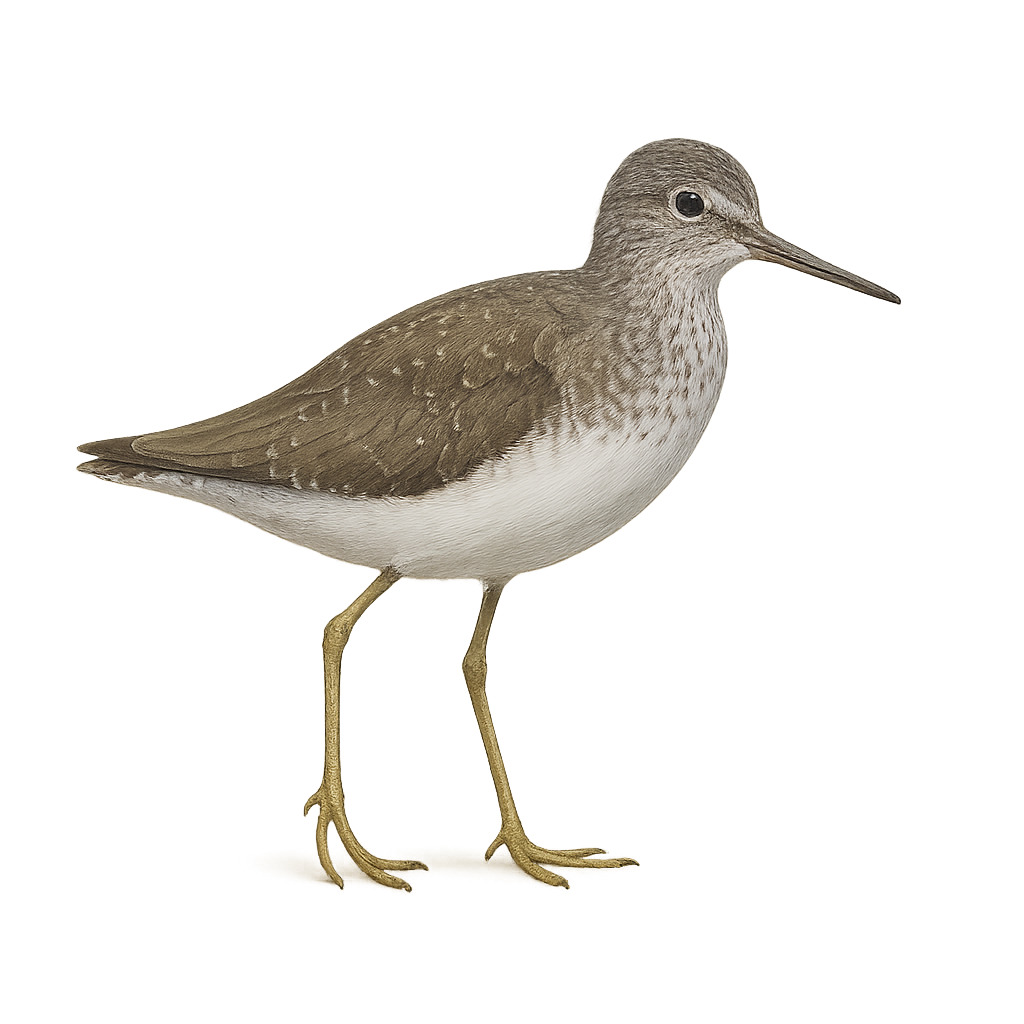Your wildlife photography guide.
Explore the common redshank in detail, study its behavior, prepare your shots.
Where to observe and photograph the common redshank in the wild
Learn where and when to spot the common redshank in the wild, how to identify the species based on distinctive features, and what natural environments it inhabits. The WildlifePhotographer app offers tailored photography tips that reflect the common redshank’s behavior, helping you capture better wildlife images. Explore the full species profile for key information including description, habitat, active periods, and approach techniques.
Common Redshank
Scientific name: Tringa ochropus

IUCN Status: Least Concern
Family: SCOLOPACIDAE
Group: Birds
Sensitivity to human approach: Suspicious
Minimum approach distance: 30 m
Courtship display: April to June
Incubation: 21-23 jours
Hatchings: May to June
Habitat:
Shorelines and coastal wetlands
Activity period :
Primarily active during the day, with peak activity in the morning and late afternoon.
Identification and description:
The Green Sandpiper is a medium-sized wader, easily recognizable by its green-brown plumage with mottled patterns and its white tail, which gives it its name. During the breeding season, males display more colorful plumage, with iridescent green tones and white markings on the wings and tail. Outside of the breeding season, both sexes adopt a more uniform plumage, often olive-brown with shades of white and gray.
The Green Sandpiper is primarily found in wetlands, marshes, estuaries, and lake shores, where it feeds on small aquatic invertebrates, insects, and crustaceans that it uncovers while probing in the mud. While this species is migratory, it does not travel as long distances as some other waders, primarily moving between Central Europe and its wintering sites in North Africa. The Green Sandpiper remains generally stable, but it faces threats from the loss of its wetland habitats and pollution.
Recommended lens:
300 mm – adjust based on distance, desired framing (portrait or habitat), and approach conditions.
Photography tips:
Use a telephoto lens to capture images from a distance, respecting the discreet nature of the species.
Photograph early in the morning or late in the afternoon, when the sandpiper is more active.
Look for it in wetland areas: marshes, mudflats, and riverbanks are its preferred habitats.
Be patient and discreet to avoid disturbing its natural behavior.
The White-rumped Sandpiper is a species of Least Concern. Respect its natural habitat and minimize human disturbances.
The WildlifePhotographer App is coming soon!
Be the first to explore the best nature spots, track rutting seasons, log your observations, and observe more wildlife.
Already 1 430 wildlife lovers subscribed worldwide

